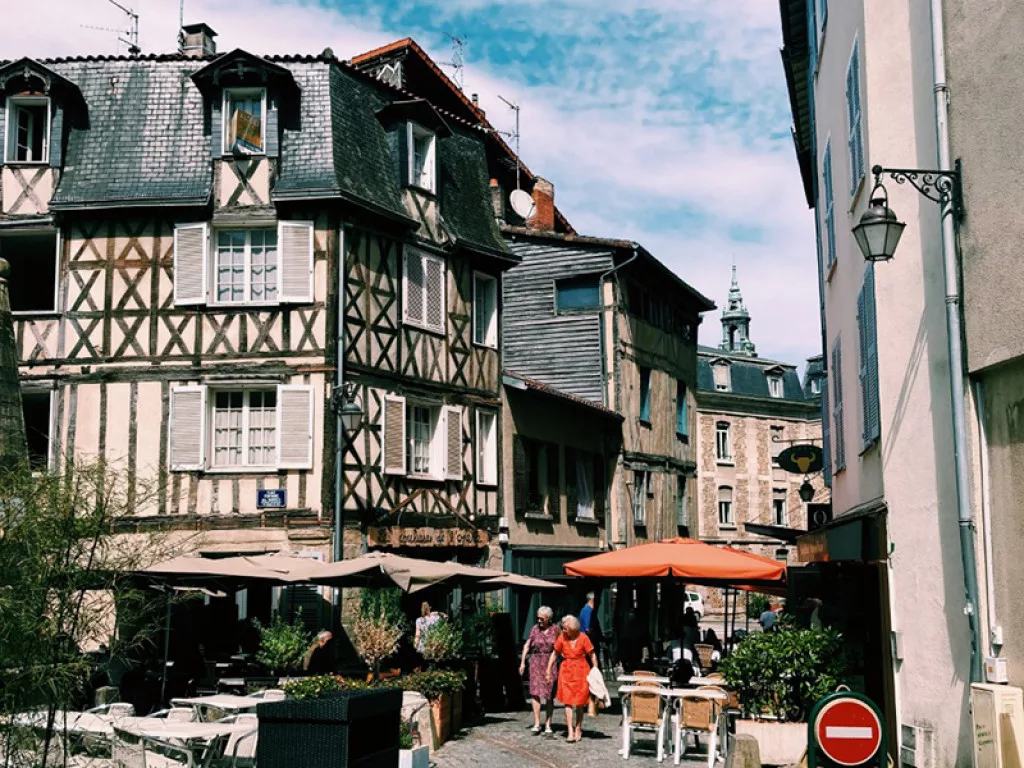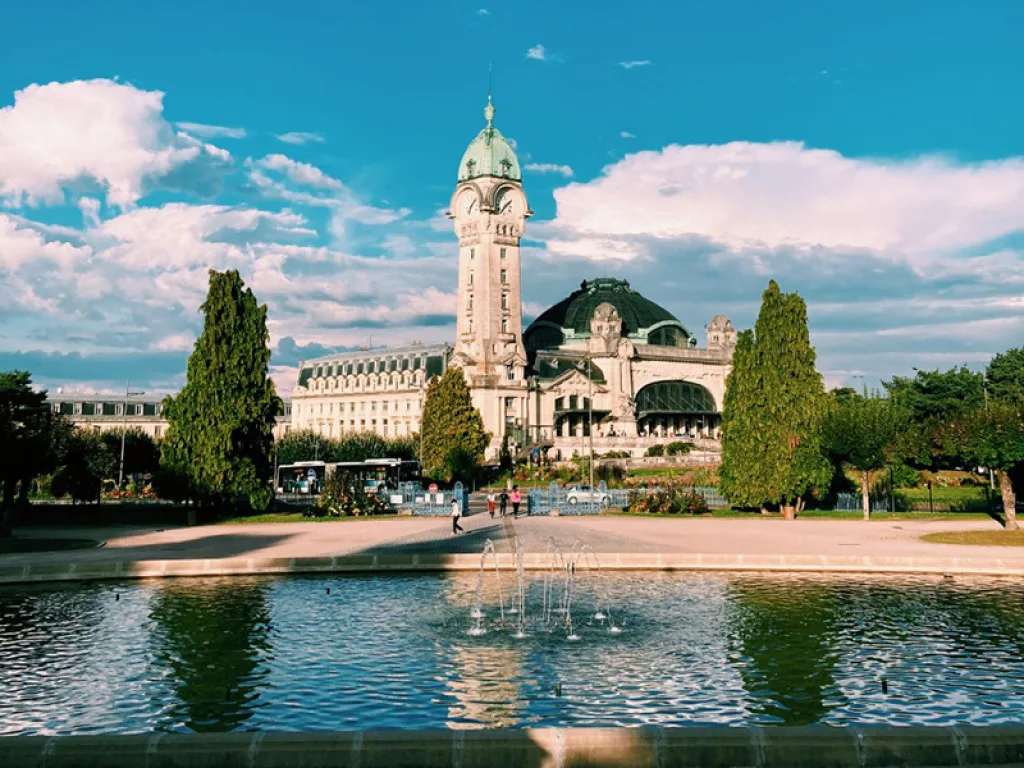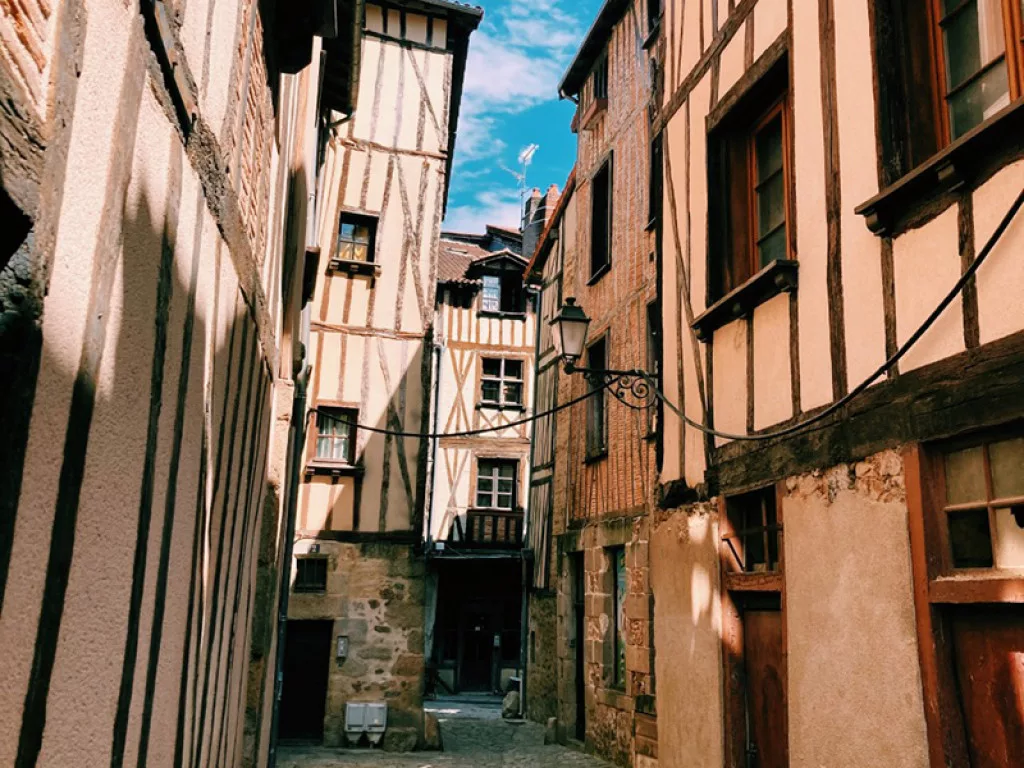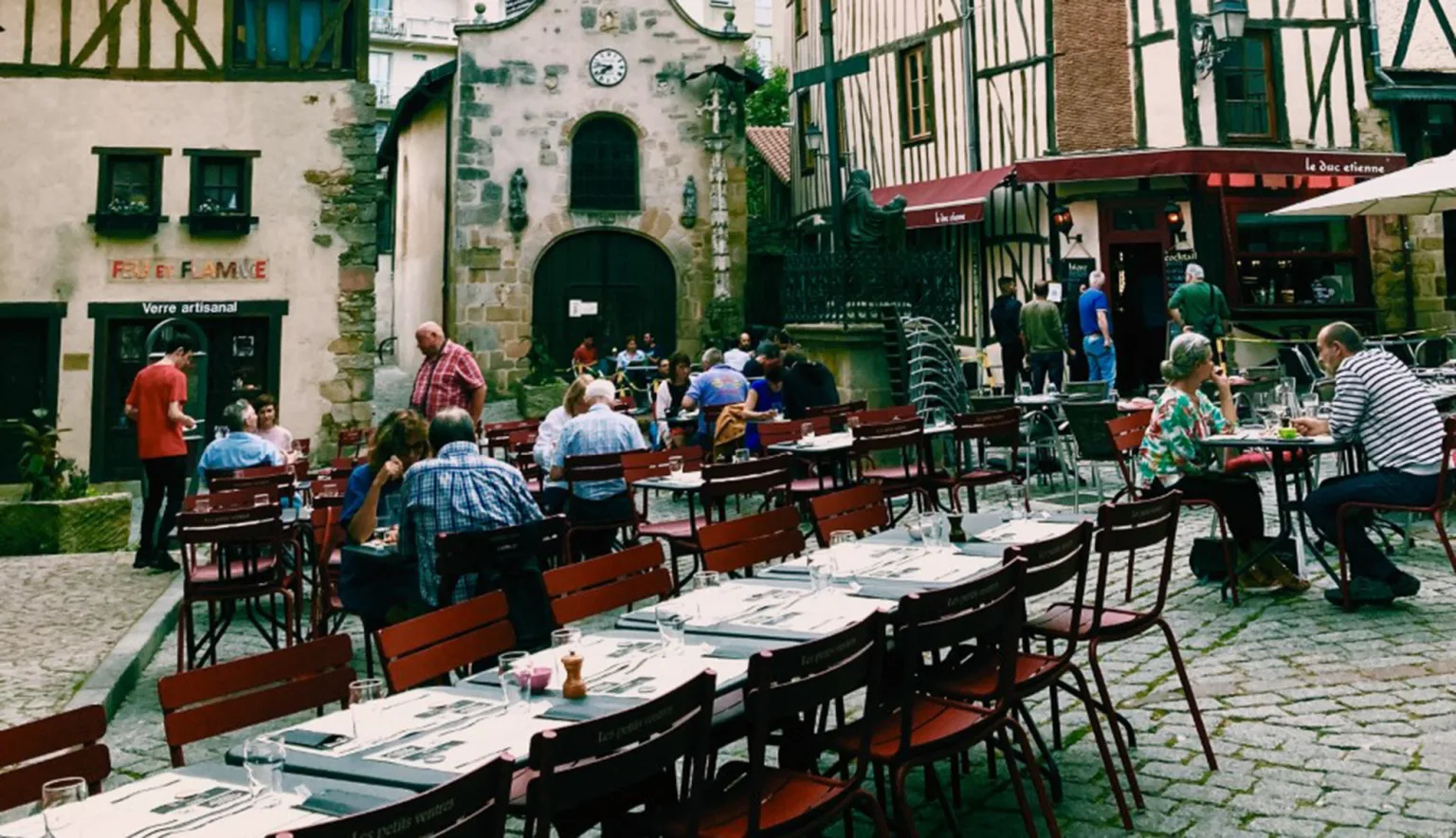The Outlook Travel team explore the oft-overlooked city of Limoges, capital of the Limousin in France, on a cultural two-day getaway.
48 HOURS IN LIMOGES, FRANCE
Coming from the countryside, I have probably seen cowsheds that could rival the size of Limoges airport.
Favouring the convenience of a hand-luggage only style minibreak and immediately lured by the extremely affordable airfare, I opt for a mini-break in the city of Limoges, capital of the Limousin in the south-eastern region of the Haute Vienne.
With just two days to steal some precious holiday time, this rich and easily traversable city provides ample opportunity to explore in a short time frame whilst delivering a quintessential taste of France.
It soon becomes apparent that Limoges is a city of levels; in terms of its physical landscape and varying elevations, from the banks of the sparkling Vienne, scaling the terraced heights of the Jardins de l’Evêché to the city’s summit at the breath-taking Cathedral St. Étienne. Not only this, but also in the rich history that pervades Limoges’ streets, representing the perfect marriage of modernity and the Medieval.
Nowhere is Limoges’ history more tangible than in the cobblestoned street of the Rue de la Boucherie, the Butcher’s Street, an impossibly picturesque avenue of timber-framed Medieval houses where the ancient meat hooks hang preserved above the characterful shopfronts packed cheek by jowl.
It is here where I while away my first afternoon, following my feet in a maze of ancient alleyways. Today, the street is overtaken by antique shops, concept stores, booksellers and charming cafes teeming with locals sipping on amber-hued pints of blonde local ale, gathered around the central space of the Saint-Aurélien chapel – a curious bell-shaped structure constructed in reverence of the patron saint of butchers.
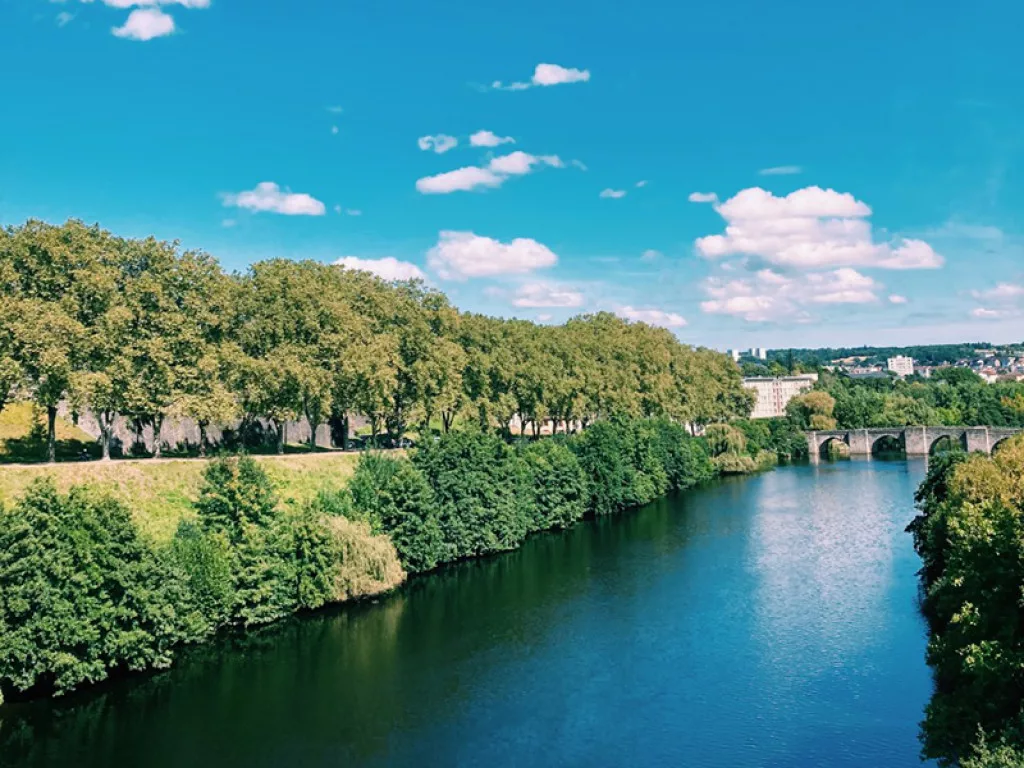
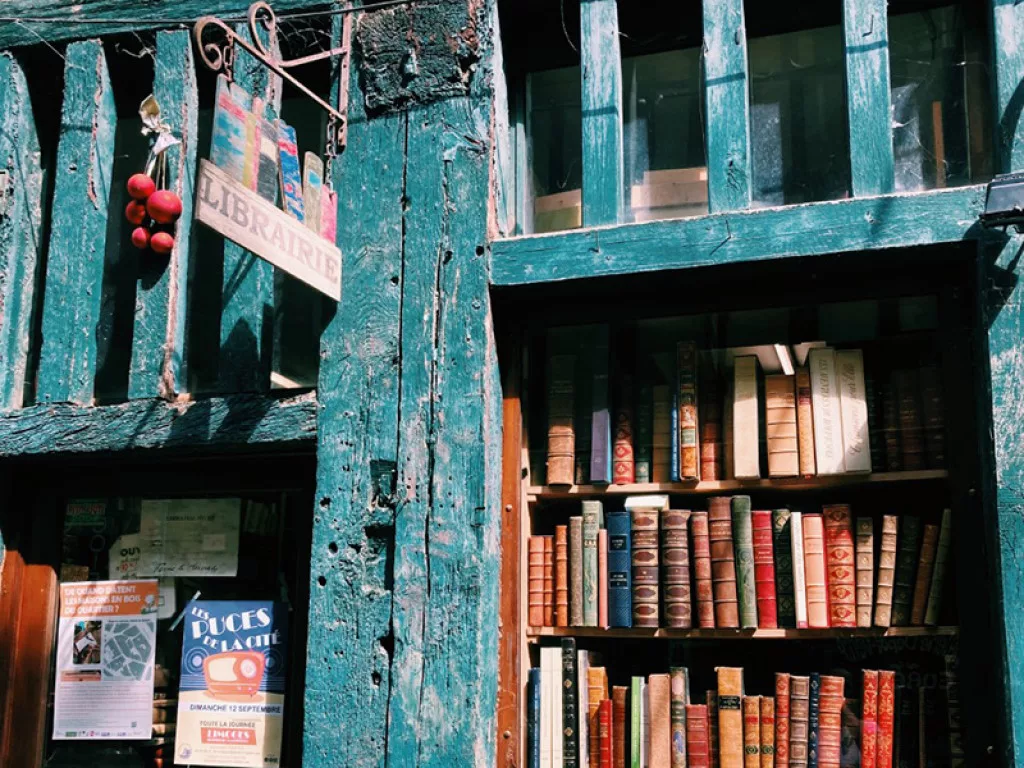
Conveniently, this cultural heart of Limoges is just a short walk away from the studio apartment within the city’s historic quarter where I settle in for the duration of my short stay. Just outside, I take pause in the plaza of the Opera to quench my thirst in the lazy September sunshine. Perhaps it is the pandemic, or the overlooked reputation surrounding this gem of a city, but the overwhelmingly absence of other tourists could not be more obvious.
The rhythm is slow here, and I do not catch a word of English. It is one of those cities where everyone – shopkeepers, passers-by, your waitress – knows everyone. It is a sense that amplifies as I stand in line at a nearby boulangerie alongside French families queuing for their daily baguette.
The city boasts a long-standing and robust history unlike the fragility of the porcelain and enamel that earnt Limoges both fame and prosperity during its 19th century heyday. It is a heritage celebrated in the halls of the Musée National Adrien Dubouché, housing an unparalleled collection of Limoges ceramics and porcelain. It is an art form that survives in the city today, as evidenced by the abundance of shops displaying their ceramic wares, although the quantities of local production have long since dwindled.
The following morning, I set my course for the Cité Quarter and the Musée des Beaux-Arts to view the fine art collection displayed in the opulent setting of the former Episcopal Palace. Showcasing rich pickings from the Medieval enamel trade, the museum outlines Limoges’ history bypassing the Gallo-Roman era when it was known as the city of Augustorium, and on to some of France’s more iconic visual arts, with the works of Renoir hanging within its quiet halls.
Outside, it would be remiss not to explore the Cathedral St-Étienne, a Gothic masterpiece that I learn took six centuries to complete. The air is punctuated by the aromas emanating from the neighbouring botanical gardens, that are a riot of colour having been nourished by the sunshine of the summer months. Merging into the tiered grounds of the Jardins de L’ l’Evêché, it makes for the ideal spot to pause for a croque monsieur and people watch to the sound of water fountains and the chatter of locals idling away their lunch breaks in the scenic grounds. As crowds gather, it appears this may be a lunchtime tradition for the working city-dwellers of Limoges.
From here, I navigate pigeon-toed down the uneven slopes of the Rue de la Règle, beneath which lie the ancient Roman tunnels that once connected the town in bygone centuries. Crossing the sparkling breadth of the Vienne along the 13th century Pont de Saint-Étienne in search of espresso in a sleepy café on the other side, I gorge on a sumptuous pain-au-chocolat oozing butter and rich chocolate.
Later that day, I while away the sunset strolling through the gardens of the Champs de Juillet, dodging local frisbee games and picnicking teenagers, before stopping to admire the impressive monument of the Bénédictins railway station, whose art-deco interiors are a true exercise in opulence.
As the sky turns the colour of spilled ink, all too soon I am returning to the tobacco-scented halls of my old apartment building, having explored on foot the wealth of Limoges’ charms. After a two-day sojourn steeped in both culture and history, before I know it, it is time to return home.
